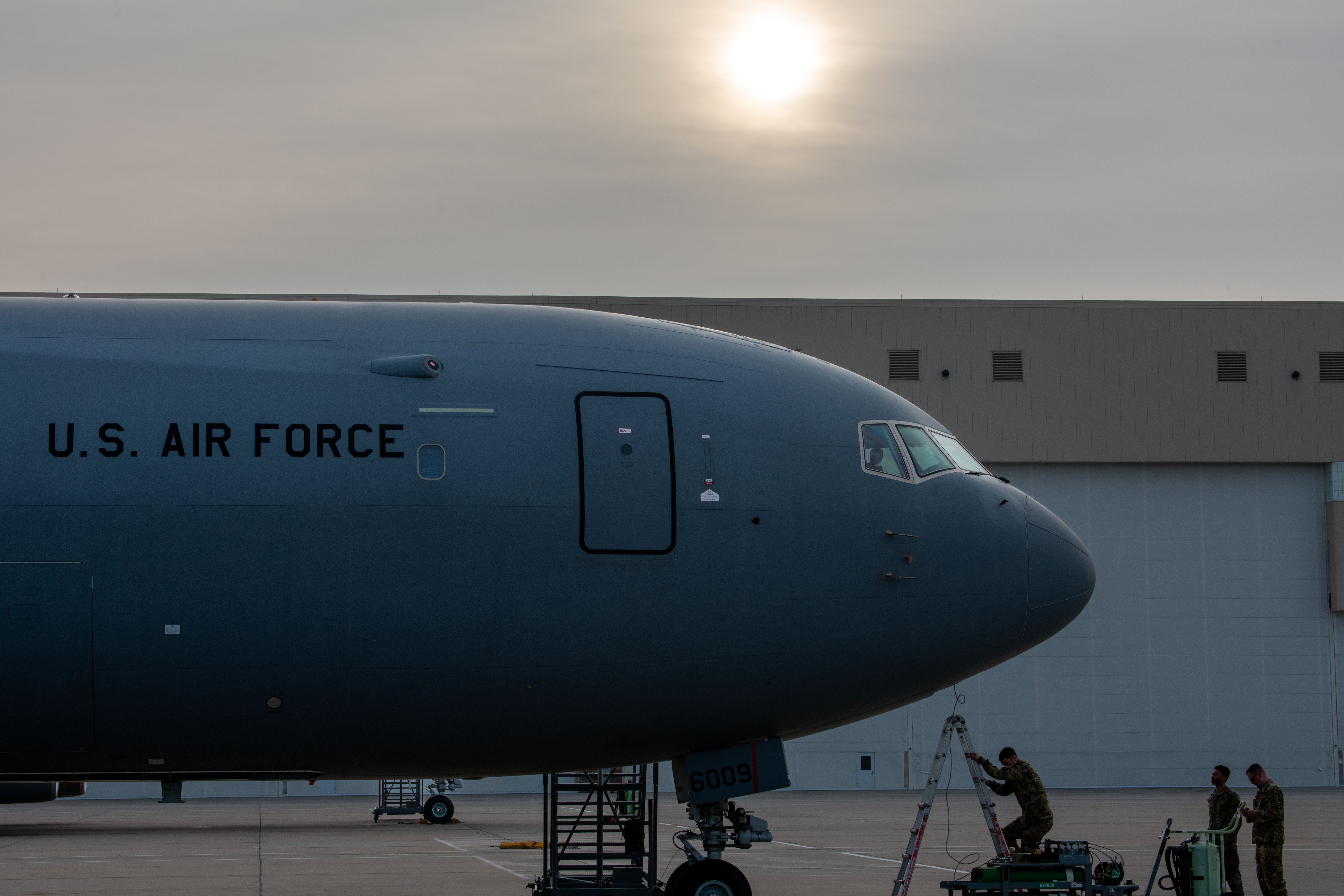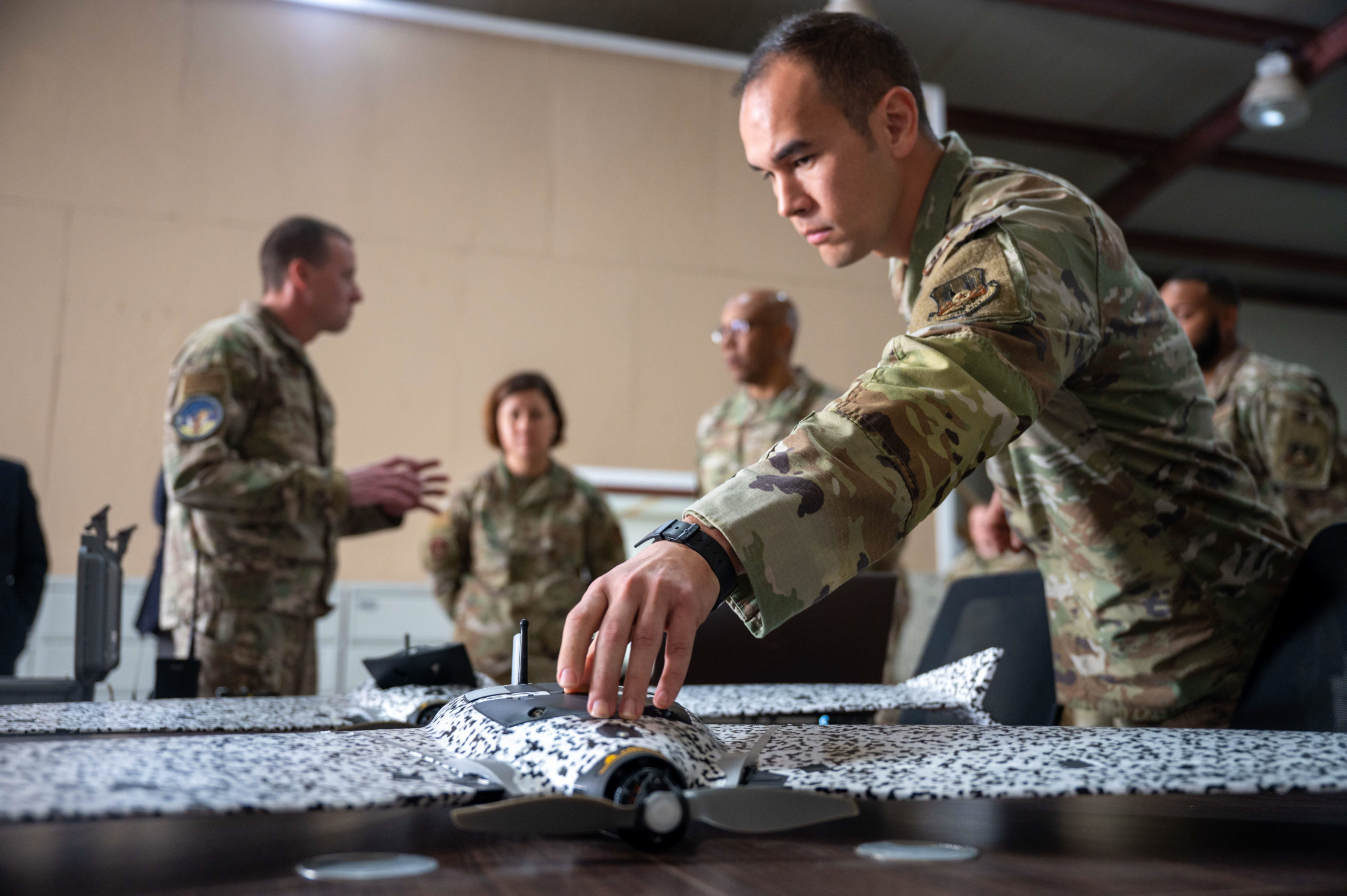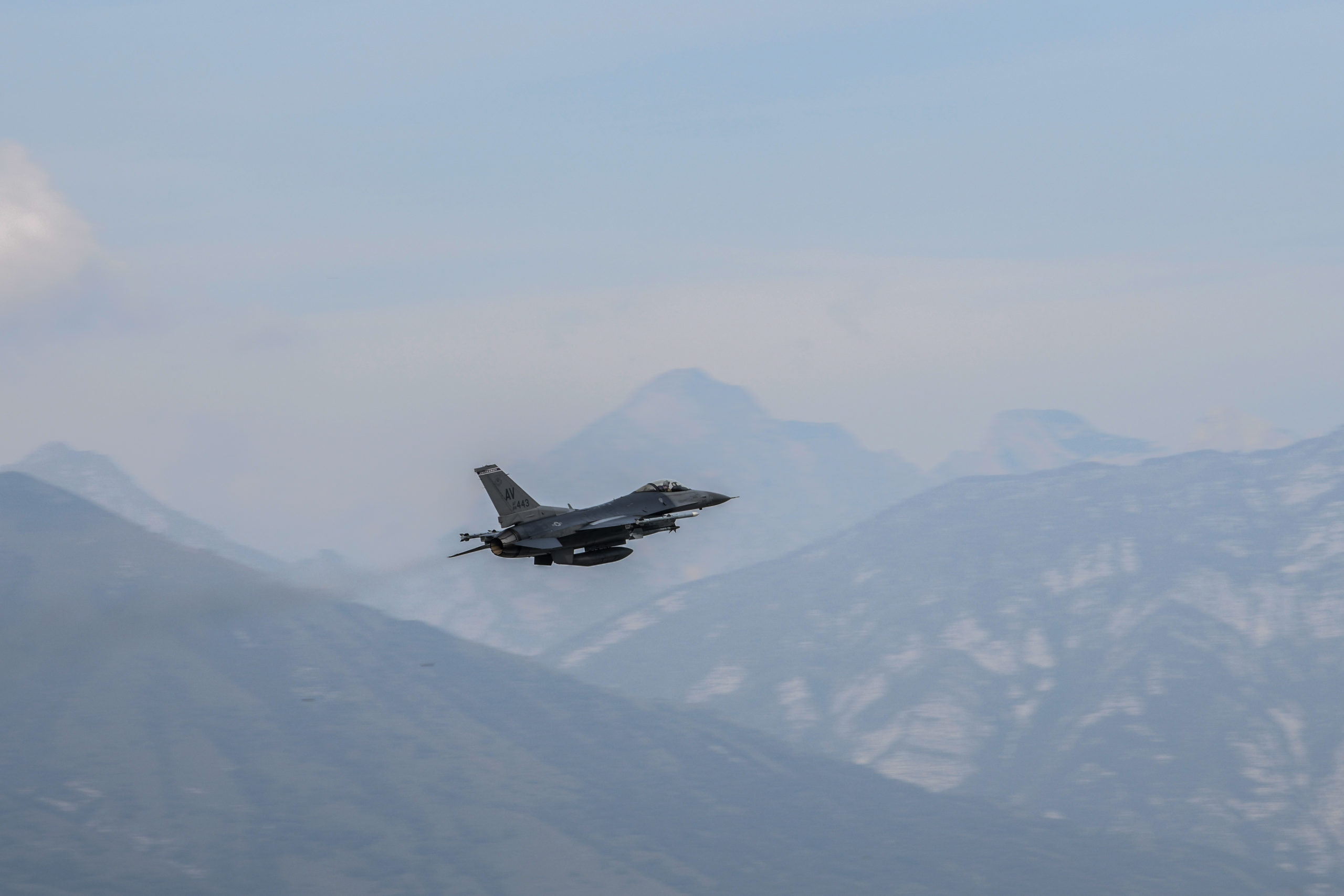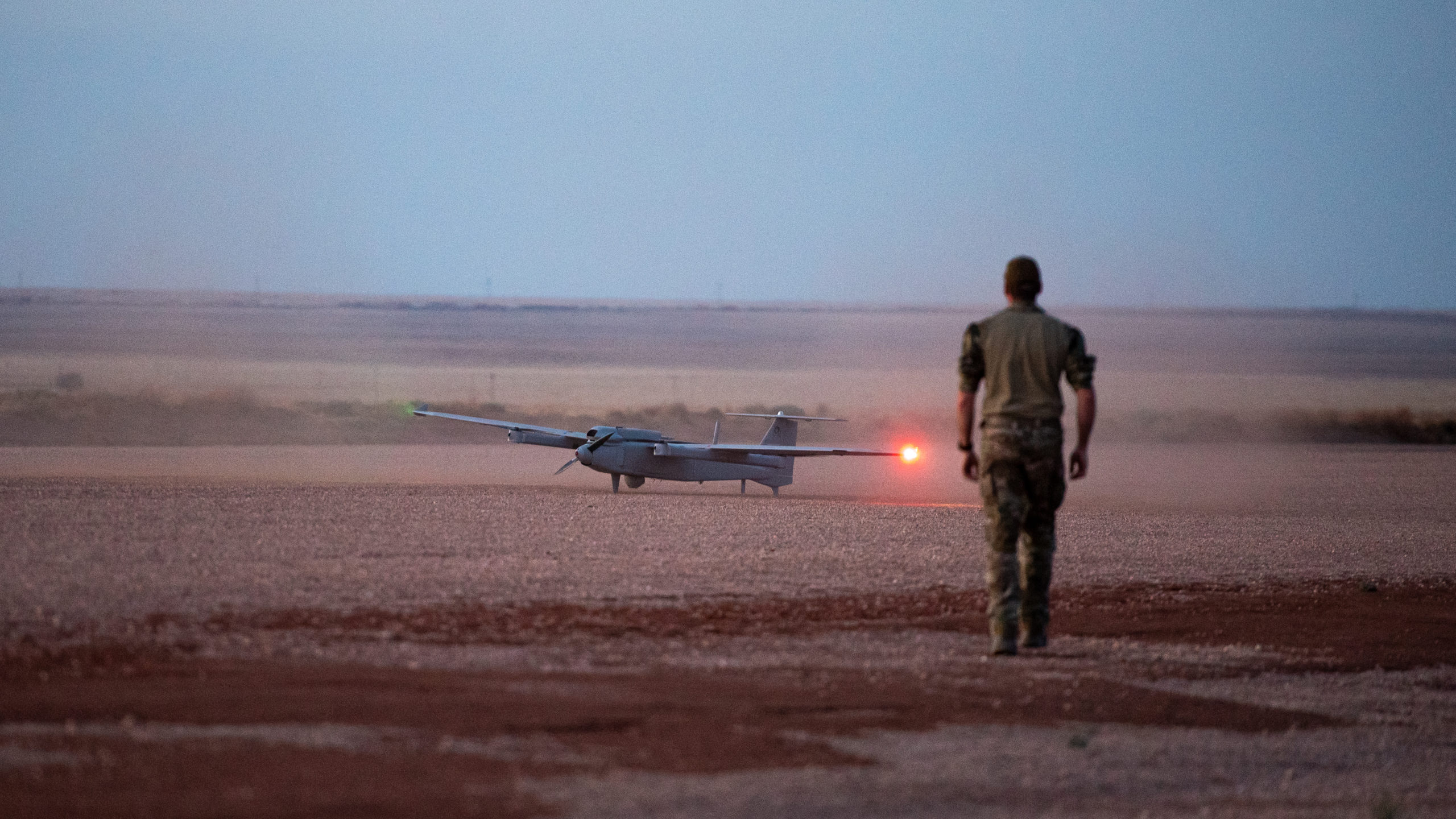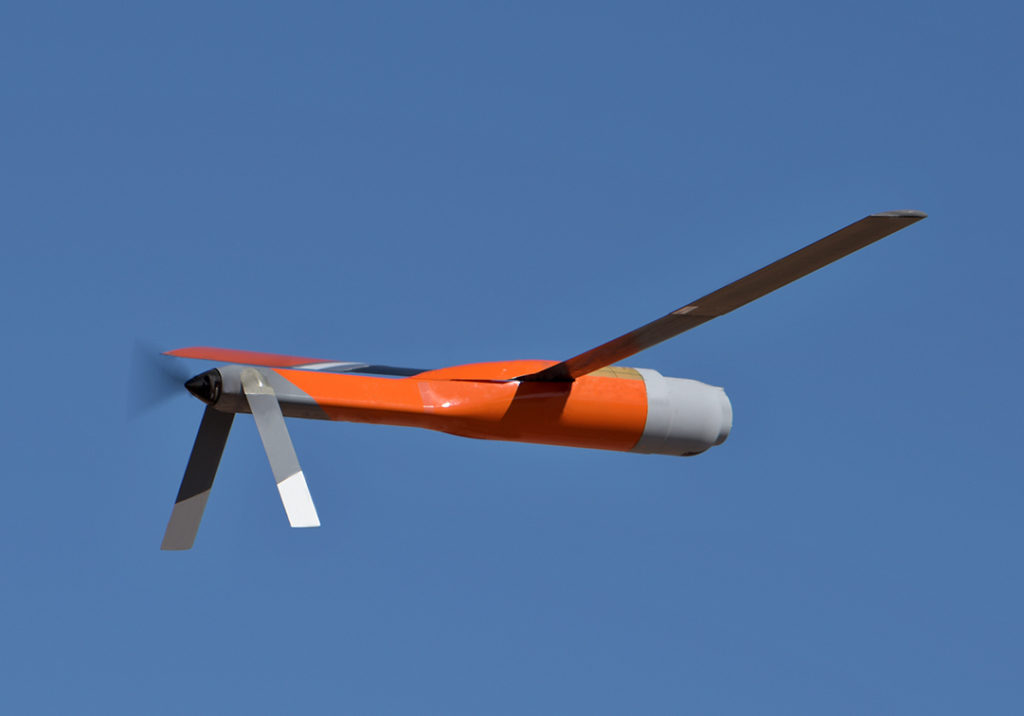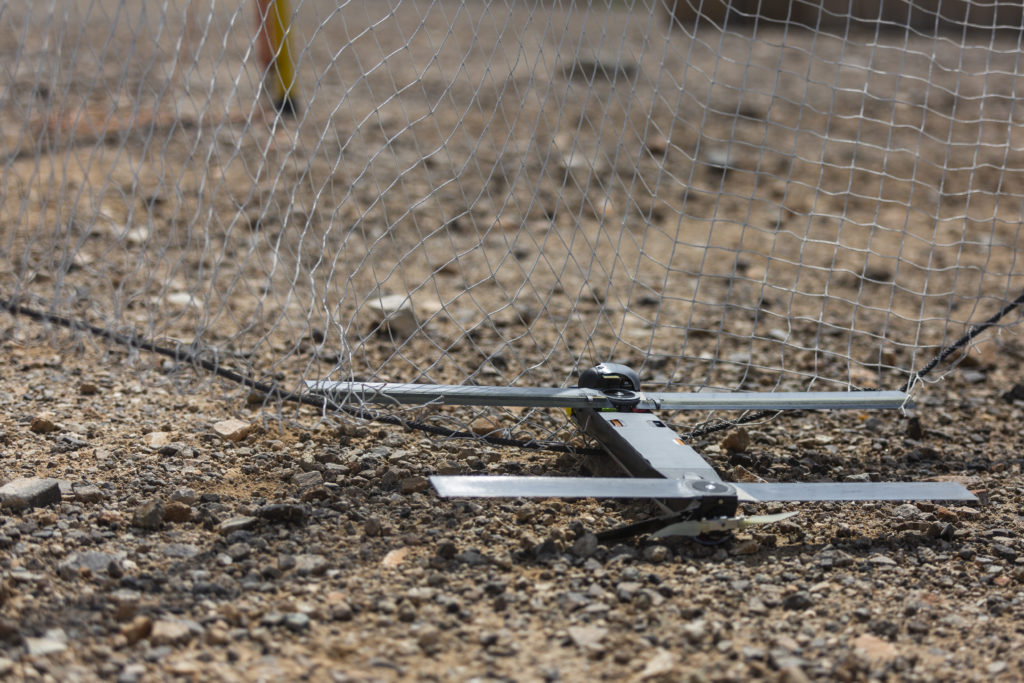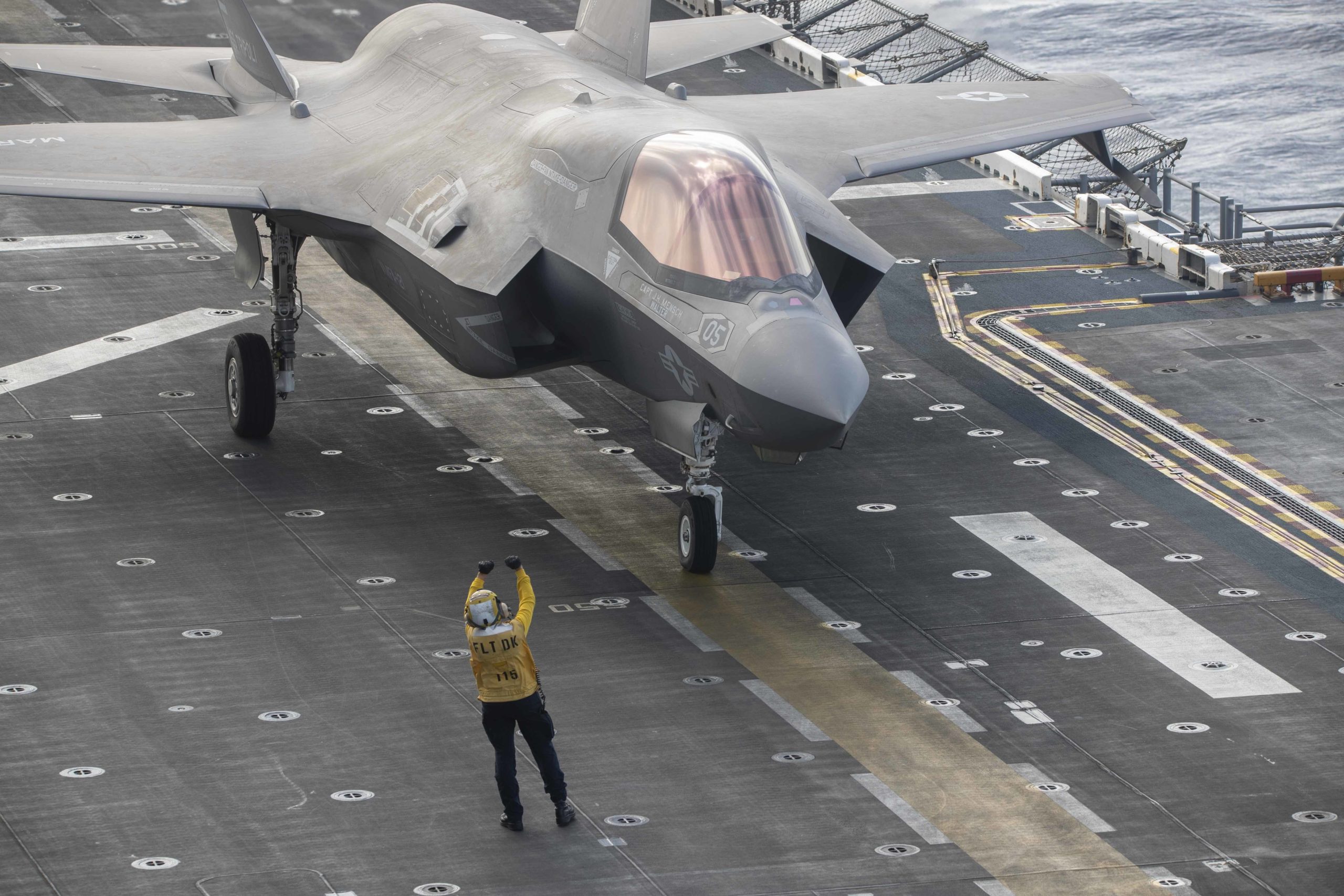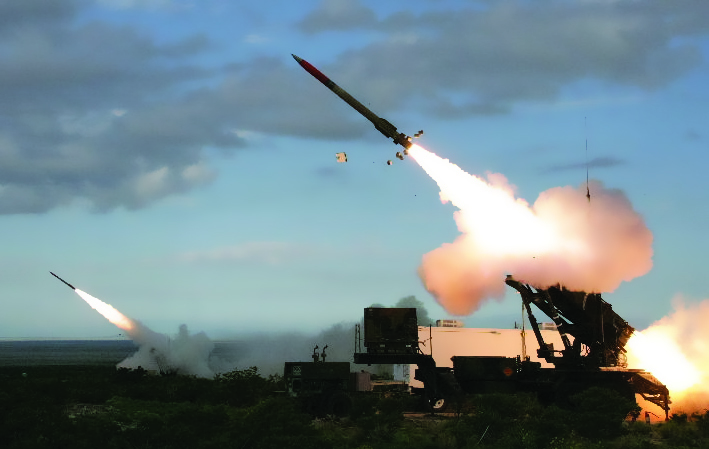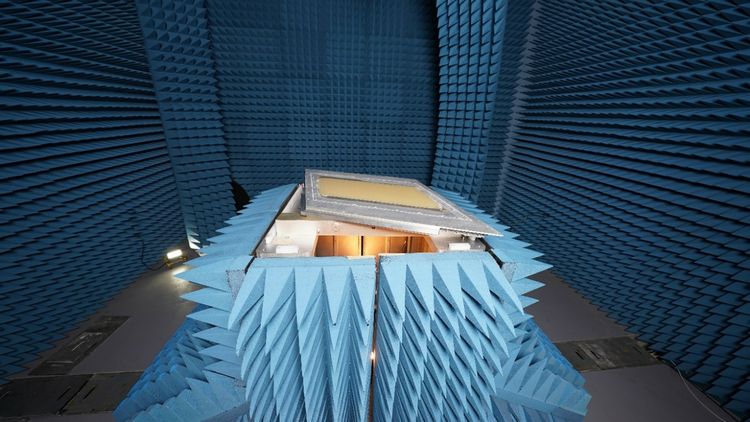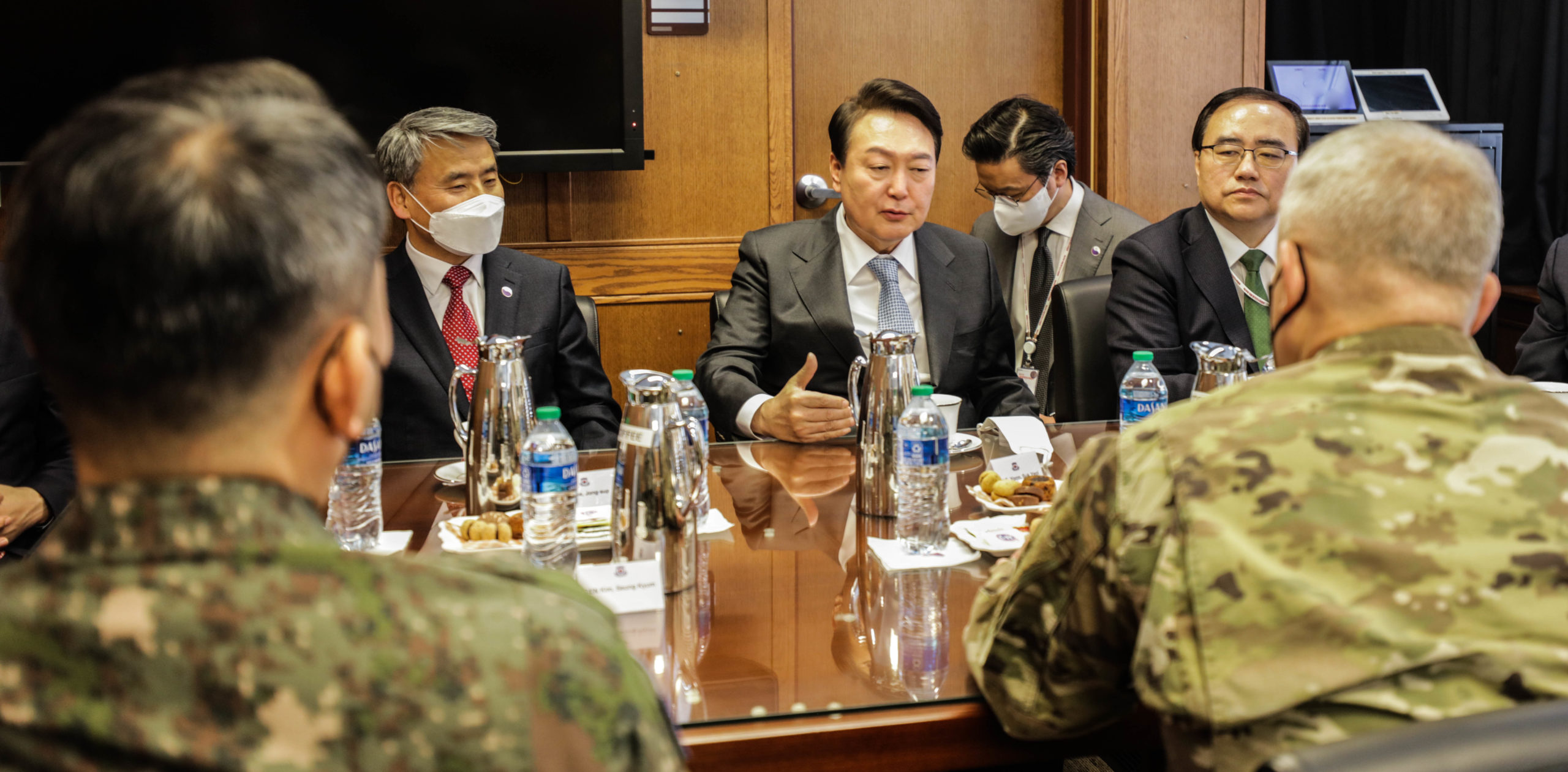A derecho moving across the central U.S. Feb. 26 forced the 22nd Air Refueling Wing at McConnell Air Force Base, Kan. to move its aircraft out of the severe storm’s path.
“We [relocated] most of our KC-46 and KC-135 fleet this weekend, save for a few aircraft that were undergoing extended maintenance,” John Van Winkle, the 22nd Air Refueling Wing’s chief of public affairs, said in an email. He noted that the remaining aircraft and flight line equipment were protected in hangars.
The storm spawned at least nine tornadoes in Oklahoma and Kansas, and disrupted weather in the Texas panhandle.
In Norman, Okla., about 15 miles south of Tinker Air Force Base, Okla., The Weather Channel and other news outlets reported 12 injuries and storm damage after a tornado touched down there Feb. 26. Oklahoma News 4 reported one death in Roger Mills County near Cheyenne, Okla., in the western part of the state. A spokesperson for Tinker Air Force Base said the base and its aircraft were spared.
In Texas, the storm whipped up 114 mph winds, and by Feb. 27 morning more than 75,000 residences and businesses were without power in Kansas, Oklahoma, and Texas, according to The Weather Channel. By the afternoon of Feb. 27, that number had dropped to a little more than 18,000, according to the power outage tracker poweroutage.us.
Though tornadoes can occur at anytime of year, they are most prevalent in spring, particularly from Texas up through the Midwest. It has been nearly 10 years since a devastating EF-5 tornado ripped through Moore, Okla., close to Tinker AFB in May 2013.
